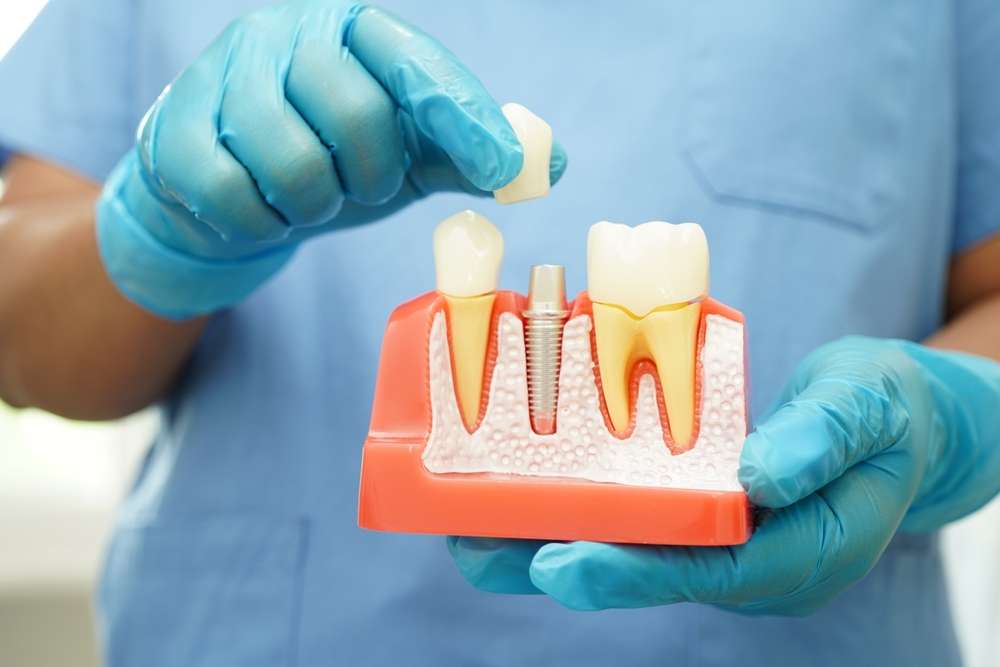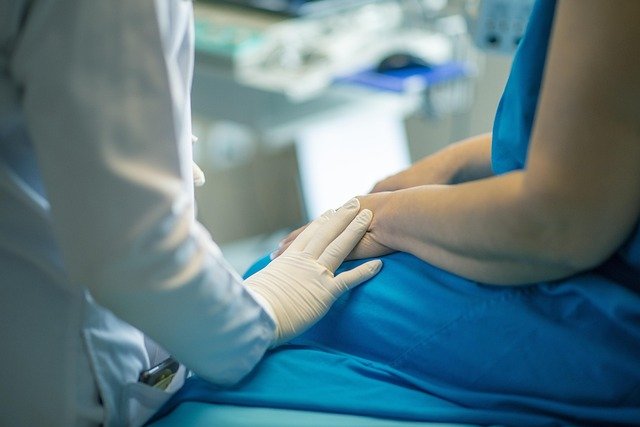The New Era of Dental Restoration: Discover the Benefits of Screwless Implants
Modern dentistry is entering a new phase with screwless dental implants—an innovation that combines technology and comfort to deliver superior results. Unlike traditional implants that rely on metal screws, this advanced approach ensures a seamless fit, faster healing, and improved aesthetics. Patients are increasingly turning to screwless systems for their simplicity, long-term stability, and natural look, redefining what it means to restore a healthy smile.

Dental implant technology has undergone remarkable advancement in recent years, with screwless systems emerging as a revolutionary approach to tooth replacement. These innovative implants represent a significant departure from traditional screw-retained designs, offering patients enhanced comfort and potentially superior long-term outcomes. The development of screwless technology addresses many concerns associated with conventional implant systems, including mechanical complications and maintenance requirements.
Why Screwless Dental Implants Are Changing Modern Dentistry
Screwless implants utilise cement-retained crowns rather than screw-retained attachments, fundamentally altering the implant restoration process. This approach eliminates the need for access holes in the crown surface, which can compromise aesthetics and create potential weak points. The cement-retained design allows for more natural crown contours and improved emergence profiles, particularly beneficial in the aesthetic zone where appearance is paramount.
The elimination of screws also reduces the risk of mechanical complications such as screw loosening or fracture, which can occur with traditional implant systems. This technological advancement has gained significant traction among dental professionals who recognise the potential for improved patient outcomes and reduced maintenance requirements.
Comfort and Healing Advantages of Screwless Systems
Patients often experience enhanced comfort with screwless implant systems due to the smoother crown surfaces and improved gingival adaptation. The absence of screw access holes means the crown can be designed with optimal contours that support healthy gum tissue architecture. This design consideration promotes better soft tissue healing and maintenance around the implant site.
The healing process may also benefit from reduced bacterial accumulation around the restoration. Traditional screw-retained crowns can develop micro-gaps at the screw access hole, potentially allowing bacterial infiltration. Screwless systems, when properly cemented, create a more sealed interface that may contribute to better long-term periodontal health around the implant.
How Long Do Screwless Implants Last?
The longevity of screwless implants depends on various factors including patient oral hygiene, bone quality, and proper treatment planning. Current research suggests that well-designed screwless systems can achieve success rates comparable to traditional screw-retained implants, with many studies reporting success rates exceeding 95% over five to ten-year periods.
The durability of cement-retained restorations has improved significantly with advances in dental cement technology. Modern resin cements provide excellent bond strength while allowing for retrievability when necessary. However, the long-term performance ultimately depends on proper case selection, precise treatment execution, and consistent maintenance protocols.
Choosing Between Different Implant Technologies
Selecting the appropriate implant system requires careful consideration of individual patient factors and clinical circumstances. Screwless systems may be particularly advantageous in aesthetic zones where crown contours and gingival harmony are critical. However, screw-retained systems might be preferred in situations where retrievability is a primary concern or in cases with limited interocclusal space.
Clinical factors such as implant angulation, tissue thickness, and patient compliance with oral hygiene protocols should influence the decision-making process. Some practitioners prefer the flexibility of screw-retained systems for complex cases, while others appreciate the aesthetic advantages and potential mechanical reliability of screwless designs.
| Treatment Type | Provider Example | Cost Estimation |
|---|---|---|
| Single Screwless Implant | NHS Dental Services | £2,500 - £4,000 |
| Premium Screwless System | Private Dental Clinics | £3,500 - £6,000 |
| Full Arch Restoration | Specialist Implant Centres | £15,000 - £25,000 |
Prices, rates, or cost estimates mentioned in this article are based on the latest available information but may change over time. Independent research is advised before making financial decisions.
Understanding Costs and Aftercare Requirements
The investment in screwless implant technology varies considerably based on the complexity of treatment and the specific system selected. Factors influencing cost include the implant manufacturer, crown material selection, and any additional procedures required such as bone grafting or soft tissue management. Many dental practices offer financing options to help patients manage treatment costs.
Aftercare requirements for screwless implants emphasise consistent oral hygiene and regular professional maintenance. Patients should maintain excellent plaque control around the implant site and attend scheduled follow-up appointments for monitoring. The cement-retained design may require specific cleaning techniques and tools to ensure optimal long-term health of the surrounding tissues.
Screwless implant technology represents a significant advancement in dental restoration, offering patients improved aesthetics, enhanced comfort, and potentially superior long-term outcomes. As with any dental treatment, success depends on proper case selection, skilled execution, and committed patient compliance with aftercare protocols. Consulting with qualified dental professionals can help determine whether screwless implants are appropriate for individual circumstances and treatment goals.




